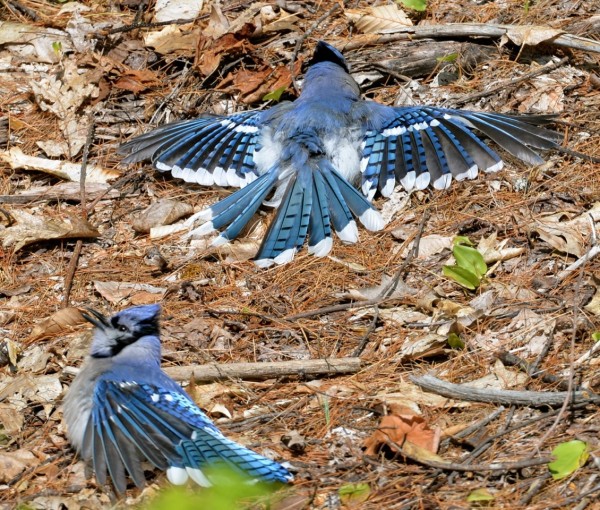
On birds sunning: “There are several theories about bird sunning behavior, and in fact birds often sun for different reasons. In cold weather or early in the day, birds sun themselves for warmth by taking advantage of solar radiation. This allows them to maintain their body temperature without expending as much energy from food, and it can increase their chances of survival in cold climates or when food is scarce.
“Many birds are observed sunning even on the hottest days, however, and it is believed that sunning can fulfill purposes other than temperature regulation. Sunning can help birds convert compounds in their preening oil – secreted from a gland at the base of the tail – into vitamin D, which is essential for good health. If the birds have been in a birdbath, sunning can help their feathers dry more quickly. It is even believed that some birds sun themselves for pure enjoyment and relaxation, much the same way humans will sunbathe.” – Excerpt from Bird Behavior by Melissa Mayantz.

“The most important reason for sunning, however, is to maintain feather health. Sunning can dislodge feather parasites because the excess heat will encourage insects to move to other places in a bird’s plumage. This will give the bird easier access to get rid of those parasites when preening, and birds are frequently seen preening immediately after sunning. It is essential to get rid of these parasites – the tiny insects that infect feathers can cause problems for a bird’s flight, insulation and appearance, all of which can impact its survival.”



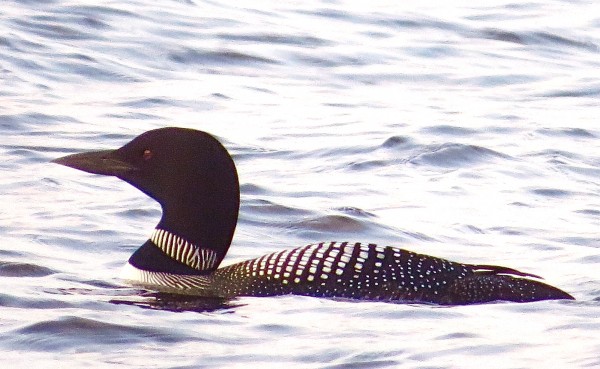
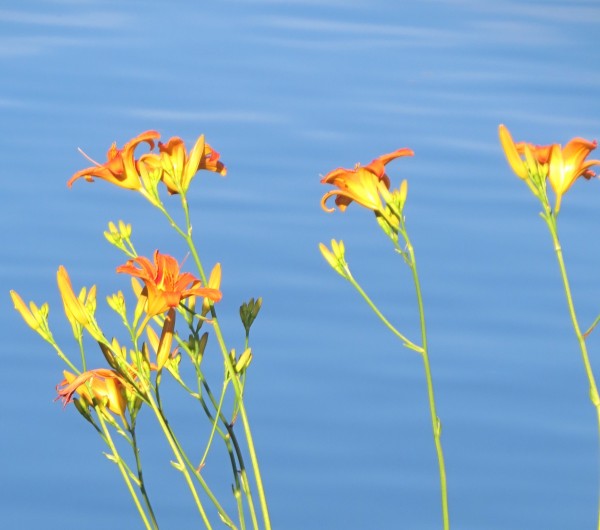

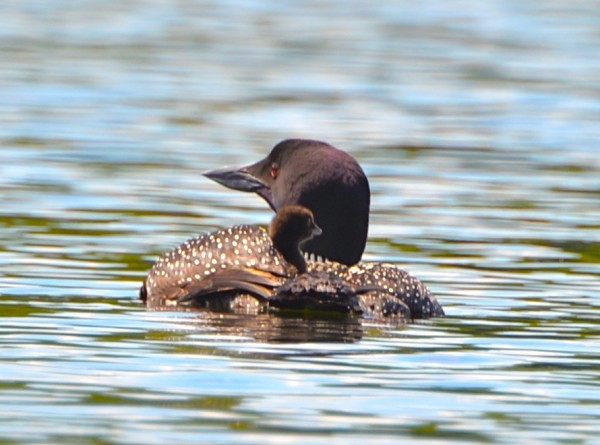

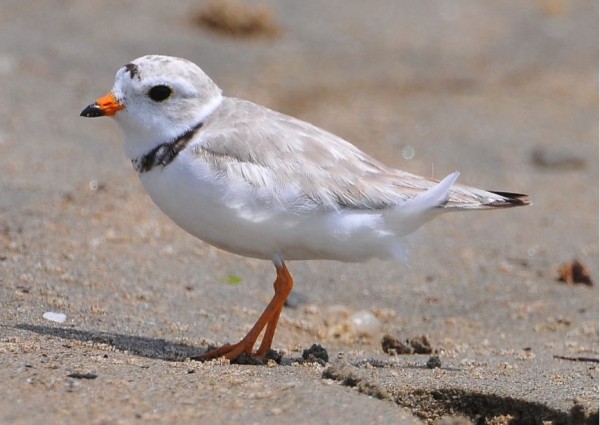

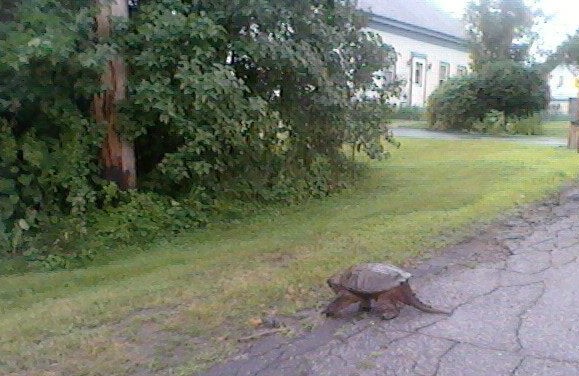








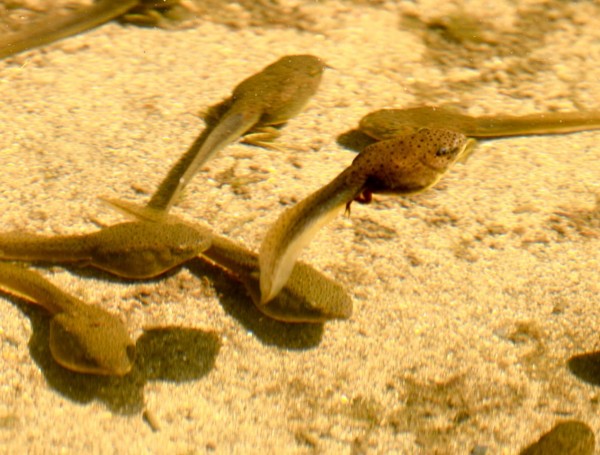





Tom – great shot of the plover. I spent time on Nauset during the summer, but never when the piping plovers were wandering. Probably a good thing – there seemed to be alot of species homosapien dingalingus wandering around.
Thanks to all you talented, and patient, photographers and to the Bulldog for sharing.
Again – thanks to all for the weekly local nature lesson. Seeing the pictures and their descriptive captions makes me feel so lucky to live here, and if the time might come that I no longer do, that I will be able to see and learn online, wherever I might be.
(Tony – I will practice using Homosapien dingalingus until it becomes an active part of my vocabulary. No doubt there will be many opportunities.)
Wow, you guys get better and better. How early does Jane Naliboff get up and go sit still on some lake with some huge zoom lens?
another week of awesome pictures to enjoy. thank you very much
Jean,
I think the early riser award goes to Jim Knox who seems to be out before the crack of dawn to catch his beautiful shots.
I will confess to a huge zoom lens and sitting by lakes, but someone has to do it.
Tom,
The cuteness tie goes to the plover and the loon hatchlings.
Love Tom’s Mallard ducking and of course brother Jim’s glimpse of parental love. Is the mother Oriole smaller than the chick?
Thanks again for the amazing pics…….
Nice, Rachel
Very interesting, love all the photo`s! Thanks for sharing!!
Love all these pics, thank you so much for sharing weekly, really look forward to your great photography…
Fantastic pictures, especially of the jays !!!
Thanks again to all for your diligence in capturing stunning photos for our enjoyment. Loved the baby Plover and the Jay info was news to me. My Monday is off to a great start!
THANK YOU!!
The weekly nature photos are always delightful (calming, informative, humorous, awe-inspiring), but really, this week’s have just raised the bar. I hope all of you who contribute to this section of the Bulldog realize just how much you enrich our lives!
Thanks so much for the beautiful pictures and sharing with us all. First thing I look for are the always awesome photos. BRAVO!!